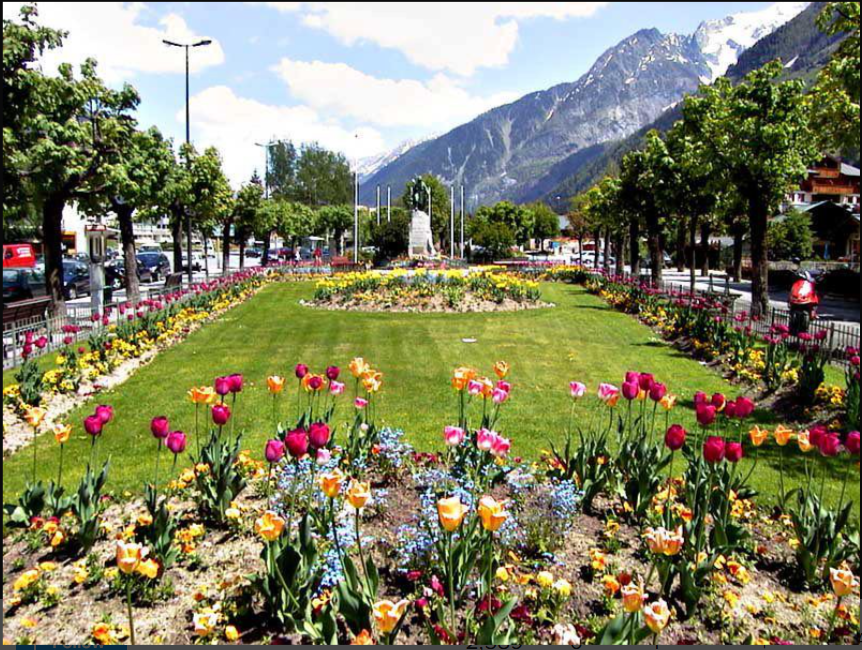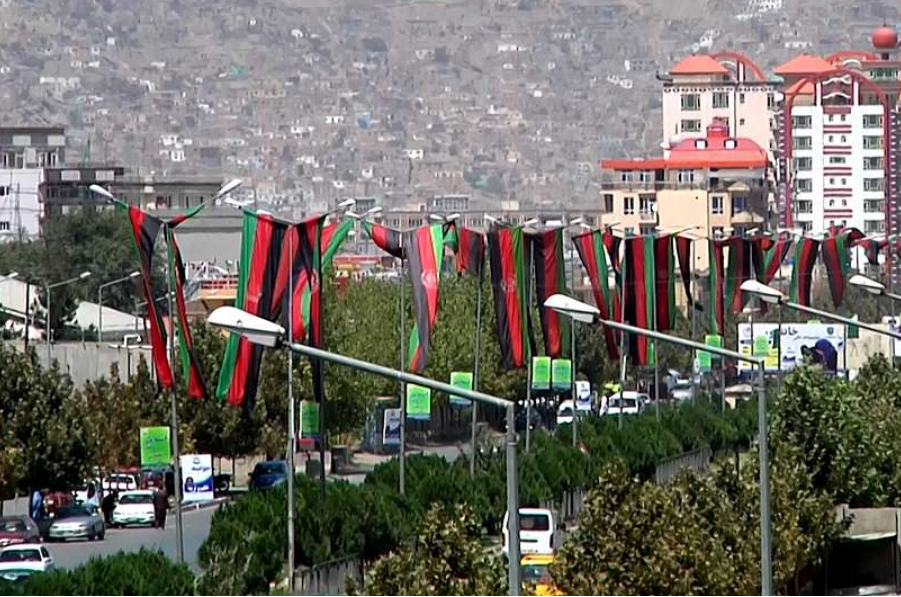Afghanistan and tourism, words that are rarely uttered in the same sentence. Add Taliban to that and the association sounds totally unlikely. But it seems that the country that is a byword for war, destruction and misogyny is trying to develop its tourism industry—with the blessing and assistance of the Taliban.
As unlikely as it may seem, the Taliban is running an institute to train young people in its aspiring tourism programs. Around 30 aspirants are the first cohort, and they have two things in common: the first is that they are all men.
The irony of the plan is unavoidable: a country that is trying to attract global tourism does not allow women into its training programs. Indeed, Afghan women are banned from studying beyond sixth grade.
The second thing these men share is that they don’t know anything about tourism or hospitality.
Afghanistan does not immediately come to mind when we think of tourist magnets: the economy is struggling, the infrastructure is poor, poverty is rife and women and girls are disenfranchised and kept in ignorance.
And yet, foreigners are visiting the country, encouraged by the sharp drop in violence since the last of numerous wars ended in 2021, increased flight connections with hubs like Dubai, and the thrill and bragging rights that come with vacationing in an unusual—and still dangerous– destination.

To provide some historical context to the country’s new ambition, in the last war Afghanistan was primarily fighting against the Taliban, an insurgent group that controlled significant portions of the country. This conflict, often referred to as the War in Afghanistan, lasted from 2001 to 2021. It began when the United States, along with allied forces, invaded Afghanistan in response to the September 11 attacks, with the aim of dismantling Al-Qaeda and removing the Taliban from power. The war involved numerous local and international forces, and it concluded with the withdrawal of US and NATO troops in August 2021, which was followed by the Taliban regaining control over Afghanistan.
In 2021, there were 691 foreign tourists. In 2022, that figure rose to 2,300. Last year, there were 7,000. The numbers are still tiny by any standard, but they are growing.
The students have diversified goals. While Ahmed Massoud Talash, a model, wants to learn about Afghanistan’s picturesque spots for Instagram posts and its history for media appearances, business school graduate Samir Ahmadzai wants to open a hotel but needs to learn about tourism and hospitality first.
“They hear that Afghanistan is backwards, poverty and all about war,” said Ahmadzai. “We have 5,000 years of history. There should be a new page of Afghanistan.”
Predictably, classes include Afghan handicrafts and anthropology basics. But another that is less so teaches about social relations with foreign women and how their behavior or habits could clash with local customs and edicts. Examples might be women smoking or eating in public, to mixing freely with men who are not related to them by blood or marriage.
Women are still practically invisible in public in Afghanistan. The Taliban have imposed a dress code for women and requirements for them to have a male guardian, or mahram, when they travel. Dining alone, traveling alone, and socializing with other women in public have become harder since their power grew. With gyms closed to women and beauty salons banned, there are fewer places where they can meet outside the home.

But in a sign that the country is preparing for more overseas visitors, the country’s only five-star hotel, the Serena, has reopened its women’s spa and salon for foreign females. Foreigners must show their passport to access services, but women with “born in Afghanistan” on their ID are barred.
Despite the efforts to create a tourism industry, there are serious obstacles. Visas are difficult and expensive to access. Many countries severed ties with Afghanistan after the Taliban returned to power, no country recognizes them as the legitimate rulers of the country and Afghan embassies either closed or suspended their operations. There are problems with the road network, which is half-paved or non-existent in some parts of the country, and airlines largely avoid Afghan airspace. The capital, Kabul, has the most international flights, but no Afghan airport has direct routes with major tourist markets like China, Europe, or India.
Despite the challenges, Mohammad Saeed, the head of the Tourism Directorate in Kabul, is sanguine that Afghanistan can become a tourism powerhouse, an ambition that as incongruous as it may seem, is shared by the Taliban’s top leaders.












